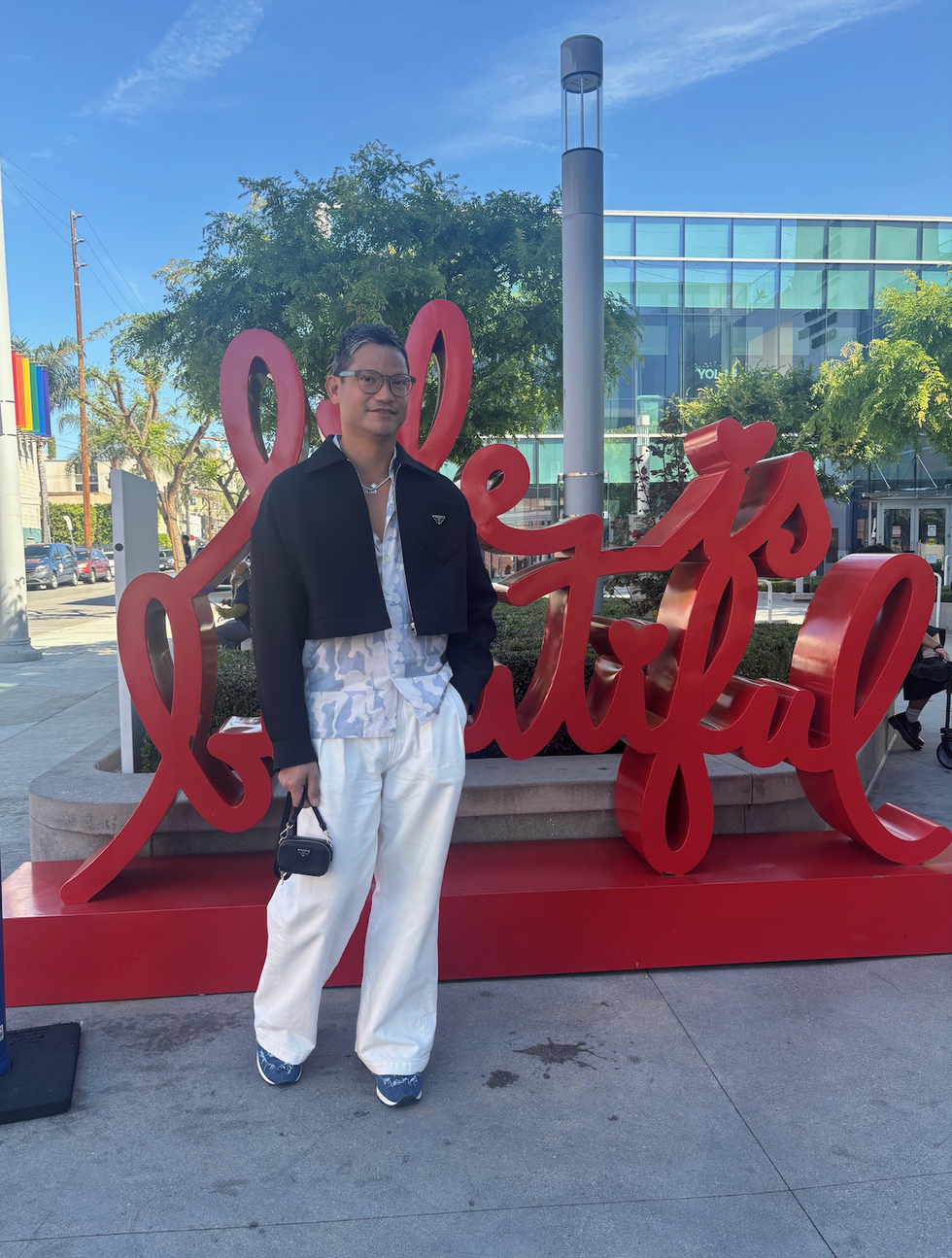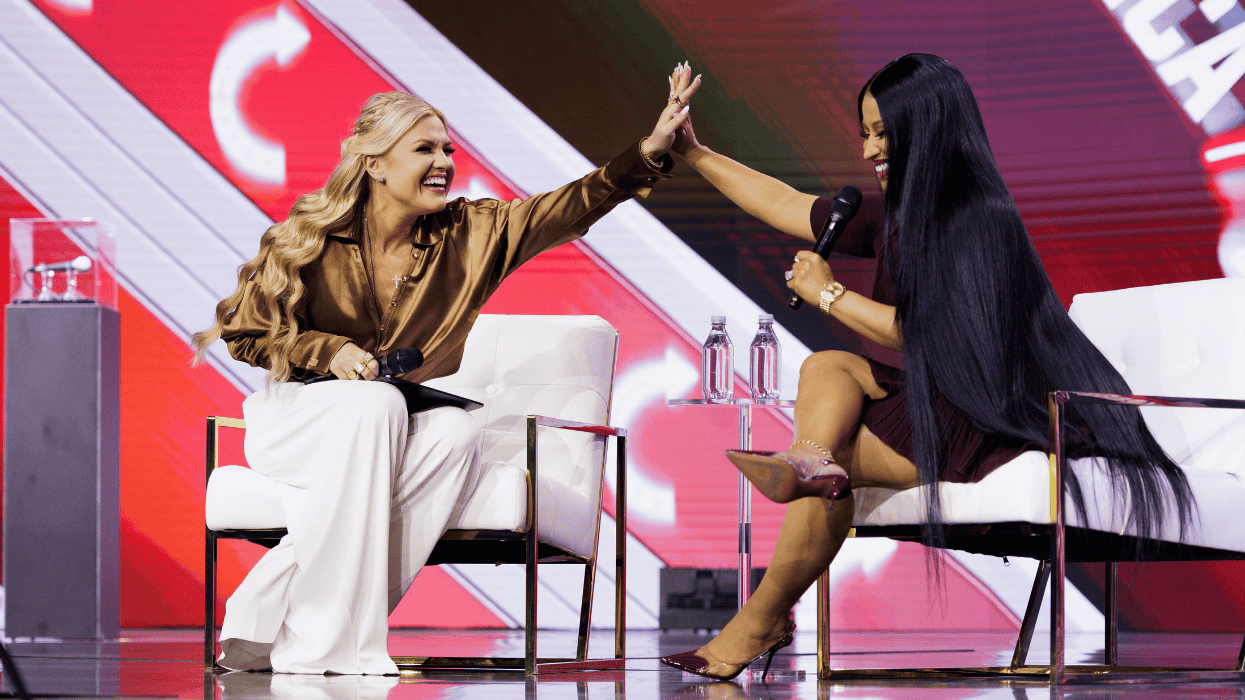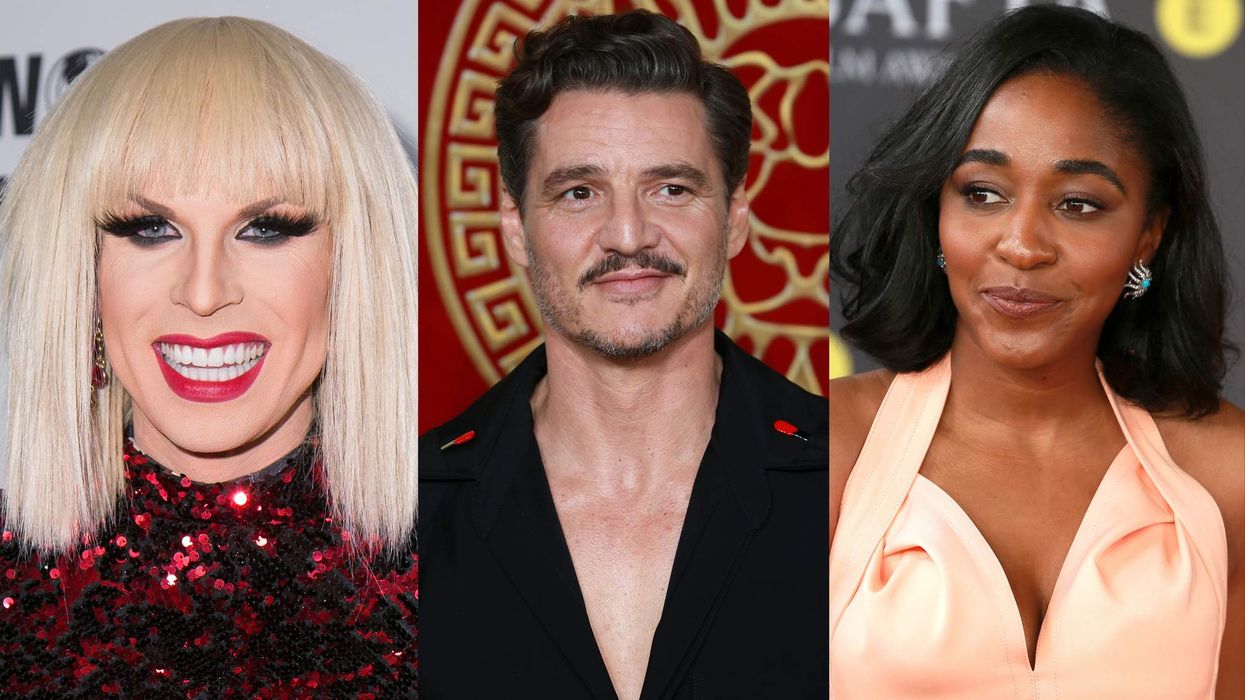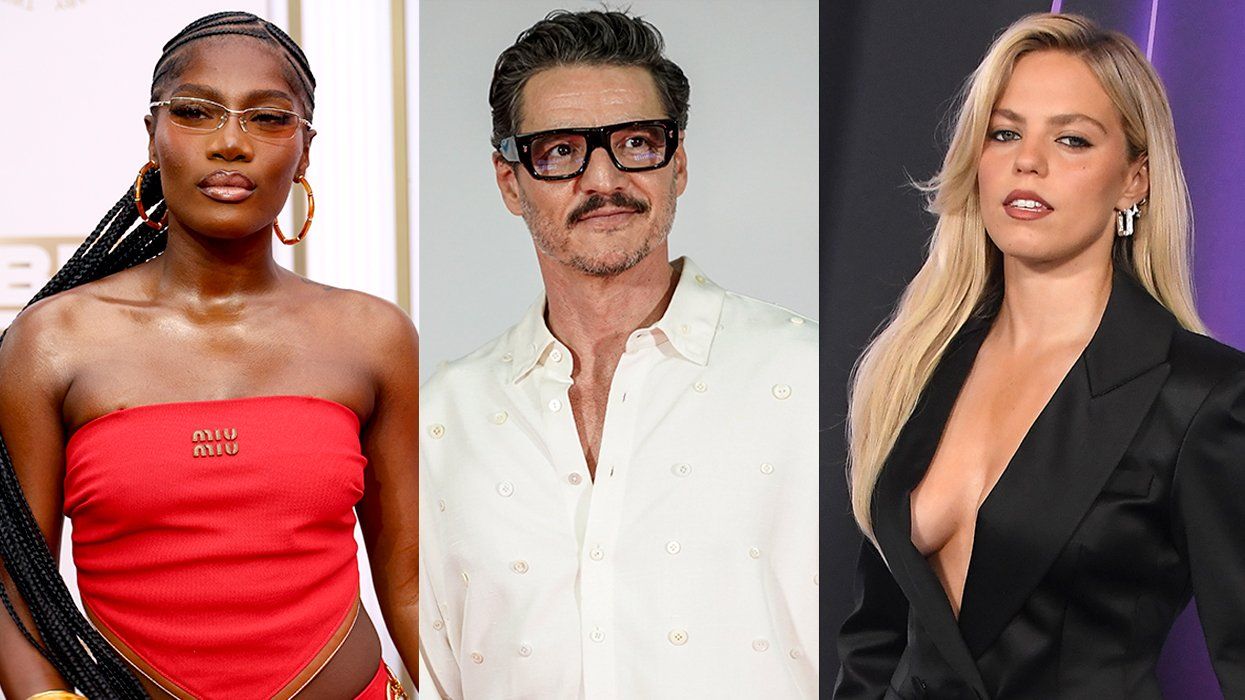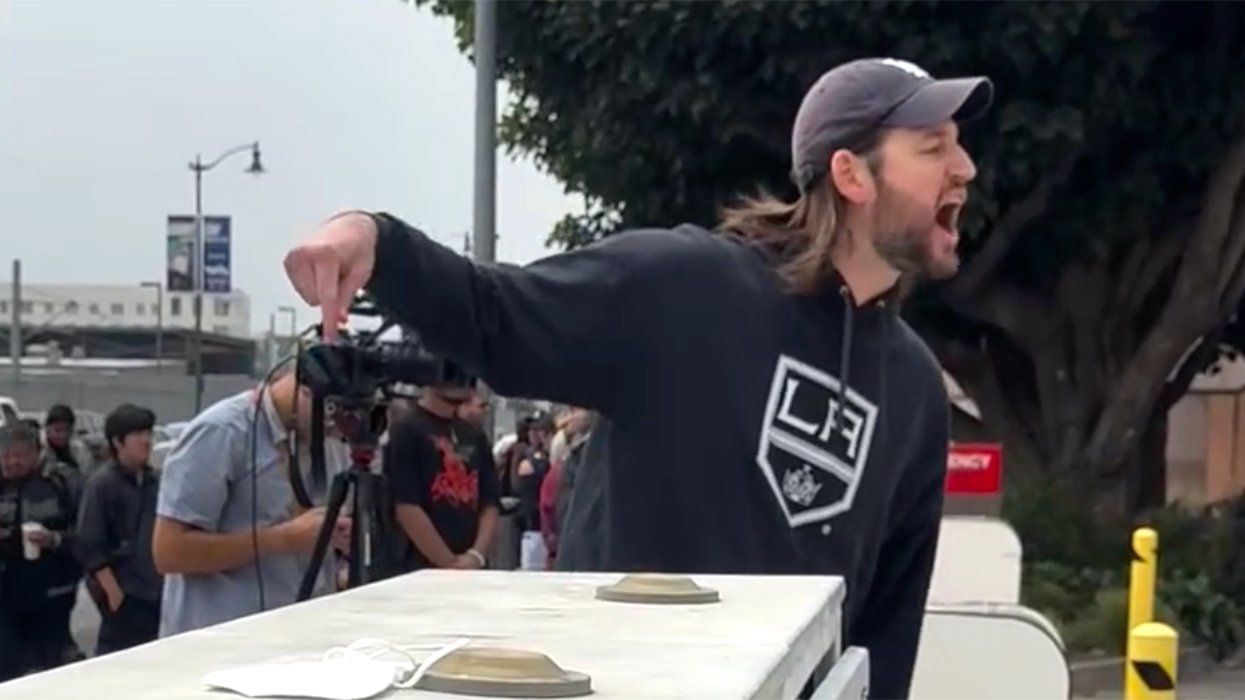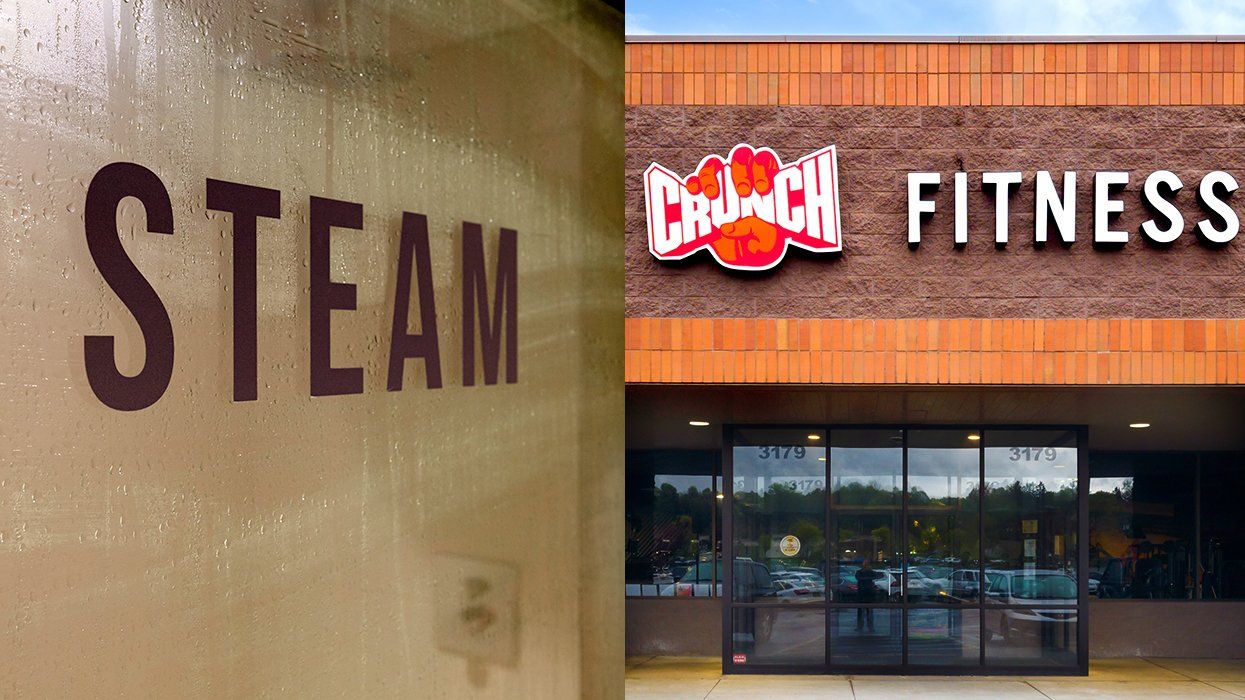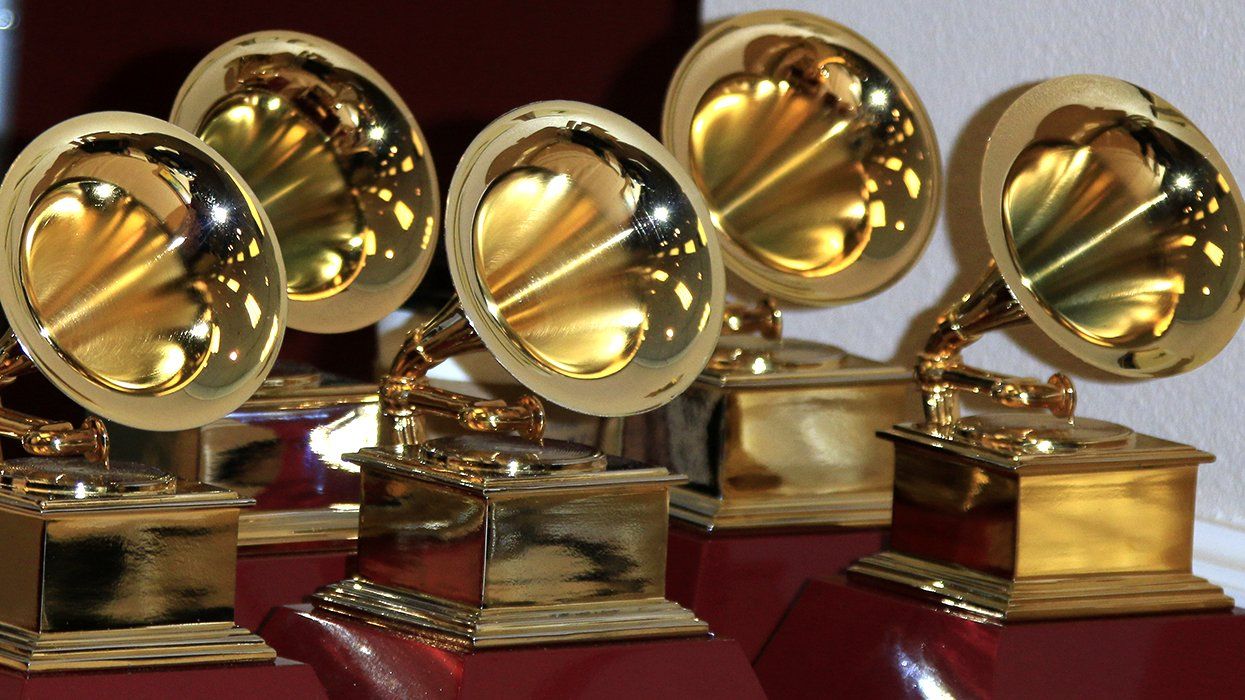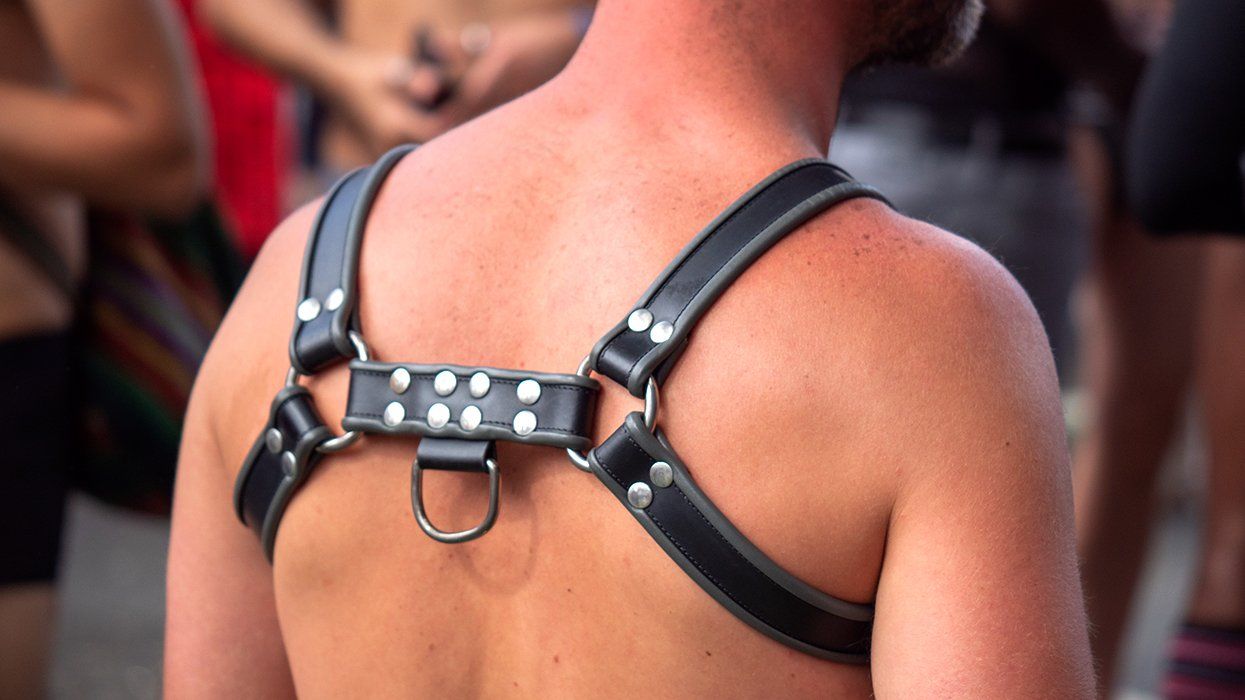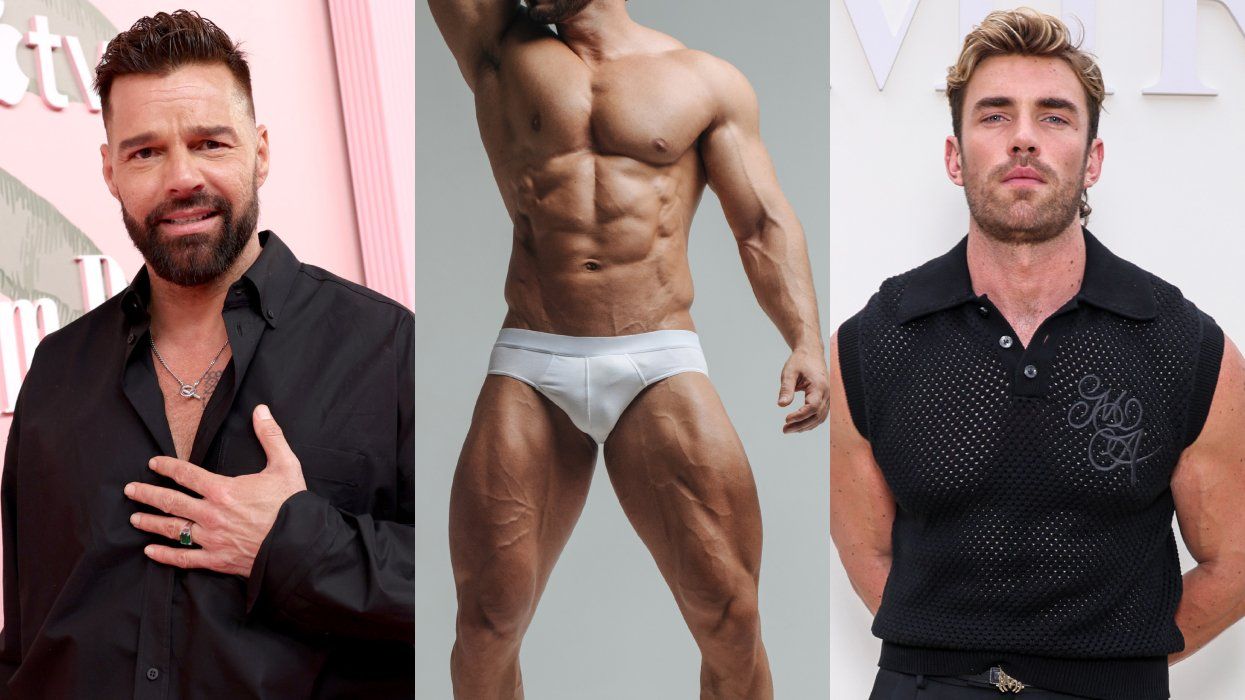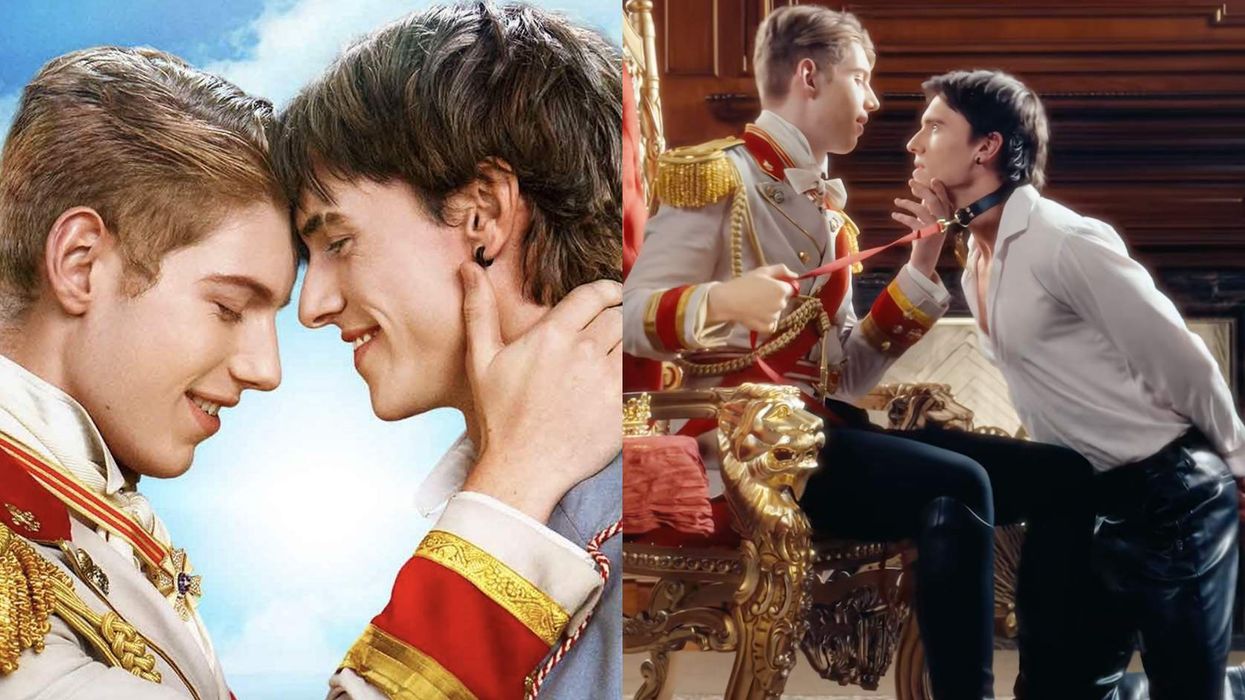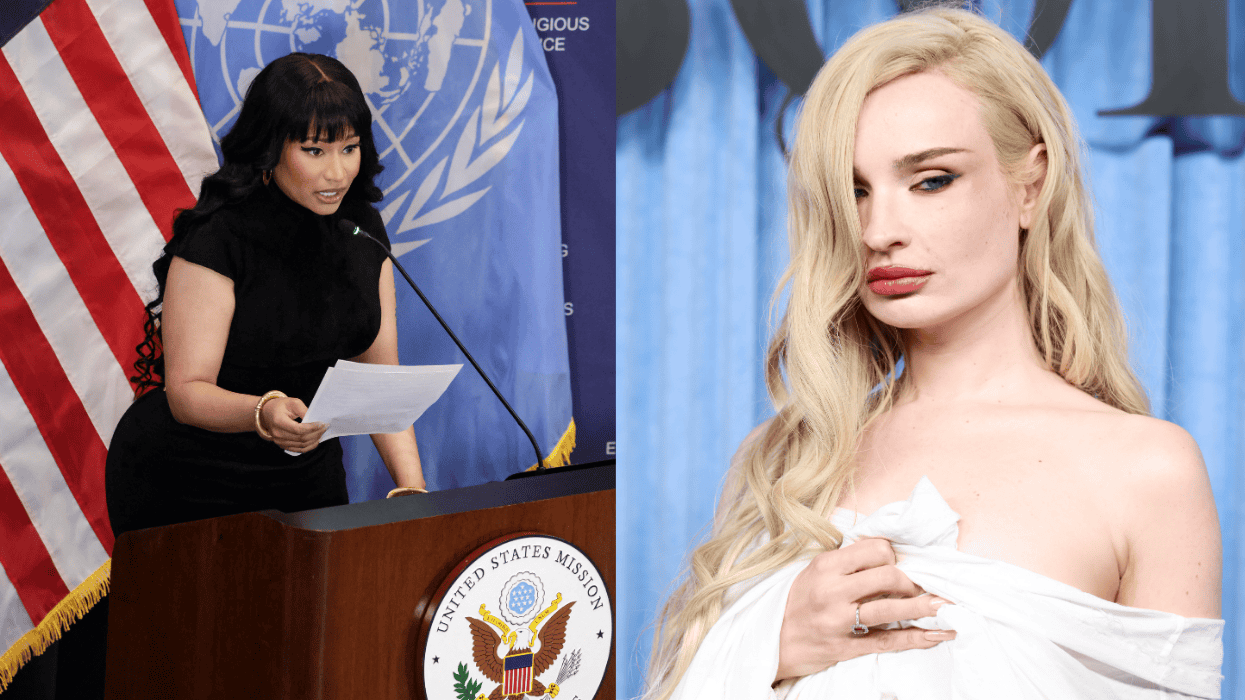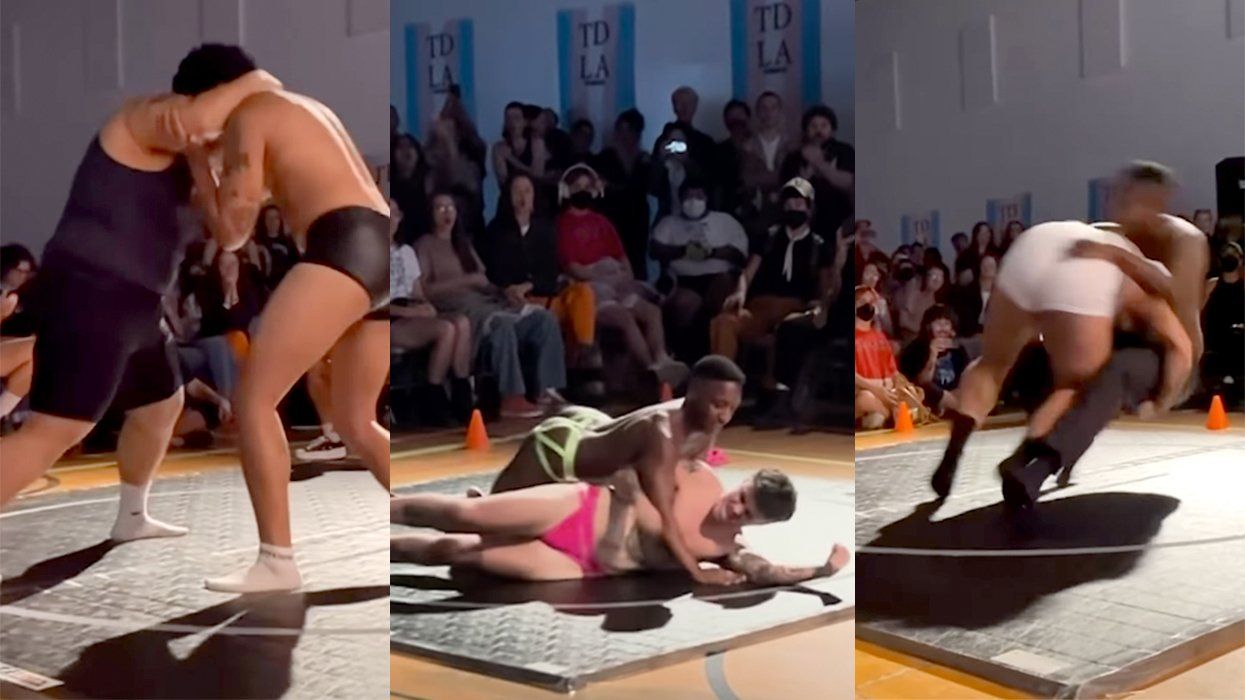In Los Angeles, the sun doesn’t just rise and set — it struts and serves.
No one catches L.A.’s golden-hour spotlight quite like two-decade-long Angeleno Pearlito Maslog, a fashion romantic working at Prada with the soul of an activist and a closet full of courage. Maslog compares moving to L.A. to stepping into a fitting room — not just a change of location, but a transformation of self.
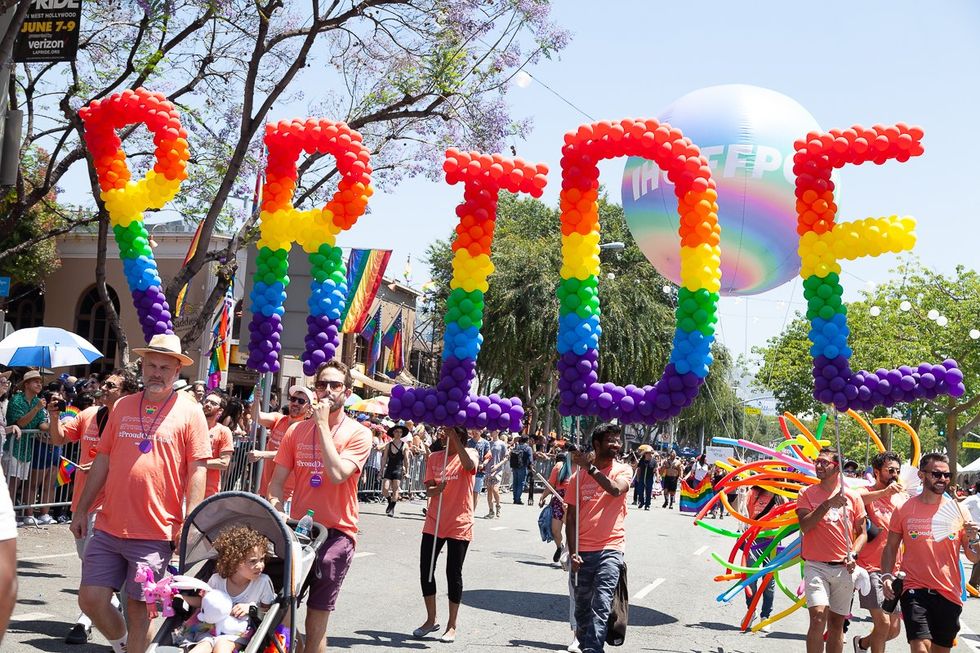
“I was able to try on different looks, different fits, different expressions — different things that appealed to me — and say, ‘Does that work for me?’” Maslog said.
Before arriving in L.A., Maslog didn’t have the privilege of such experimentation. Born in Washington, D.C. to a conservative Catholic family and raised in suburban Maryland, he told Out he was “reborn” on the West Coast.
“I came here thinking it was a stopover,” Maslog said, “but L.A. became the runway of my life.”
And what a runway it’s been. In 2004, Maslog moved to the City of Angels on a whim — or, more precisely, for a Burberry job offer and a $20,000 raise. What began as a career move quickly became a pilgrimage of self-discovery, beginning with a euphoric moment of queer belonging at the Will Rogers State Beach.
“As soon as I stepped foot on that beach, I saw a sea of half naked men,” Maslog recalled with passion of that pivotal moment. “I made it. I made it to gay mecca!”
Indeed, Will Rogers is known as L.A.’s unofficial gay beach. Since the 1950s, the sandy stretch along the Pacific Coast Highway has welcomed LGBTQ+ beachgoers of all identities. Today, it remains a beloved gathering spot for surfing, volleyball, biking, and uninhibited self-expression.
“It was almost shocking but euphoric,” he said, “because I felt so happy that I finally made it to this level of self-expression without any inhibitions.”
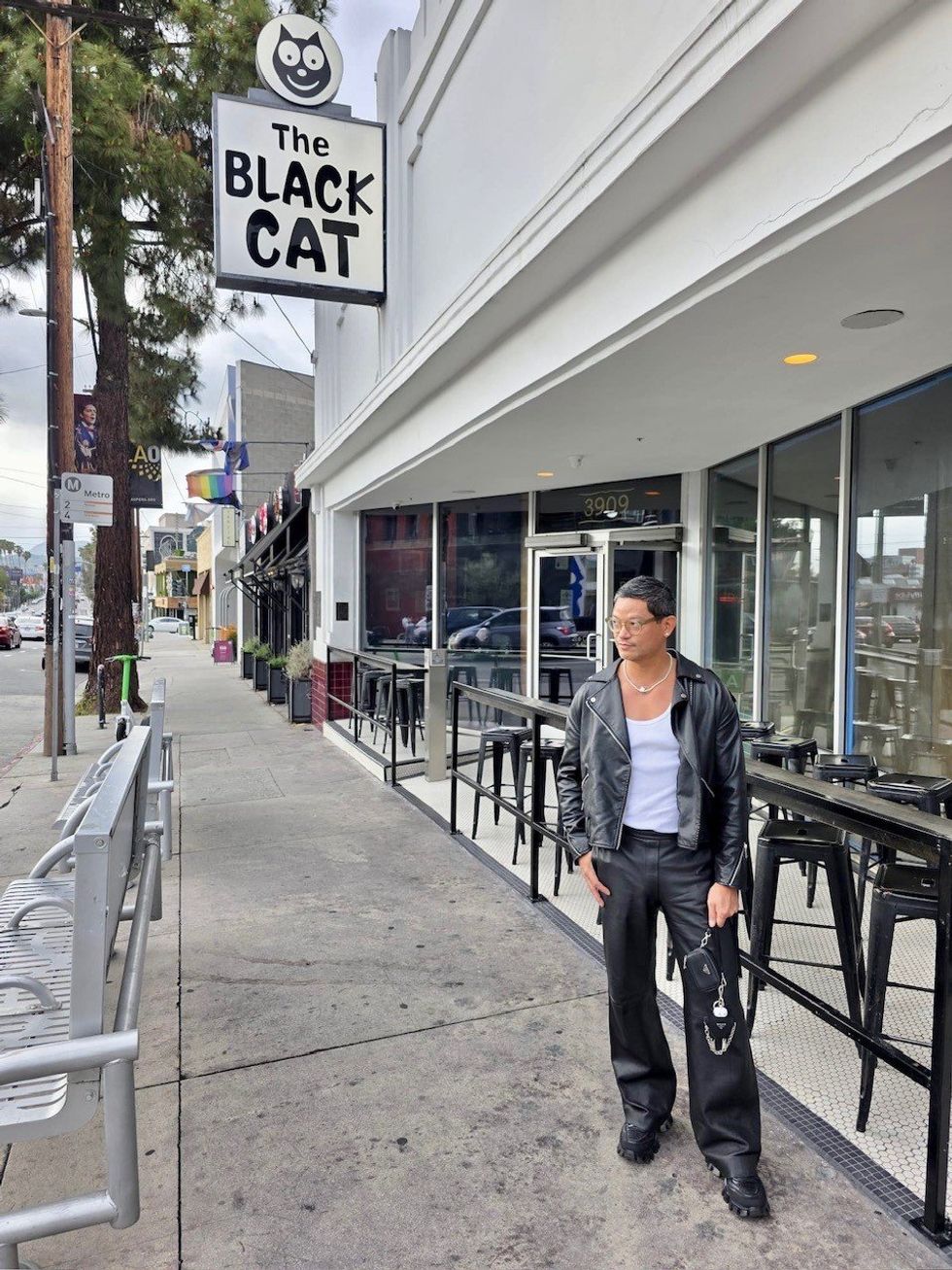
From that moment forward, Maslog began stitching together a life in L.A. that weaves his Filipino heritage, gay identity, creative expression, and quiet activism into the larger tapestry of the city’s queer history. A history that, in part, began with a protest at the Black Cat Tavern in Silver Lake.
On New Year’s Eve in 1966, plainclothes LAPD officers raided the Black Cat, violently arresting patrons for same-sex kissing at midnight. In response, on Feb. 11, 1967 — more than two years before the Stonewall uprising in New York— over 200 people gathered outside the bar for a peaceful protest. The historic moment galvanized activists Richard Mitch and Bill Rau, who transformed Personal Rights in Defense and Education (PRIDE)’s newsletter into The Los Angeles Advocate, now The Advocate, a cornerstone of queer media and part of the equalpride family. Today, the Black Cat operates as a vibrant gastropub, a historic-cultural monument, and an electrifying symbol of early LGBTQ+ resilience.
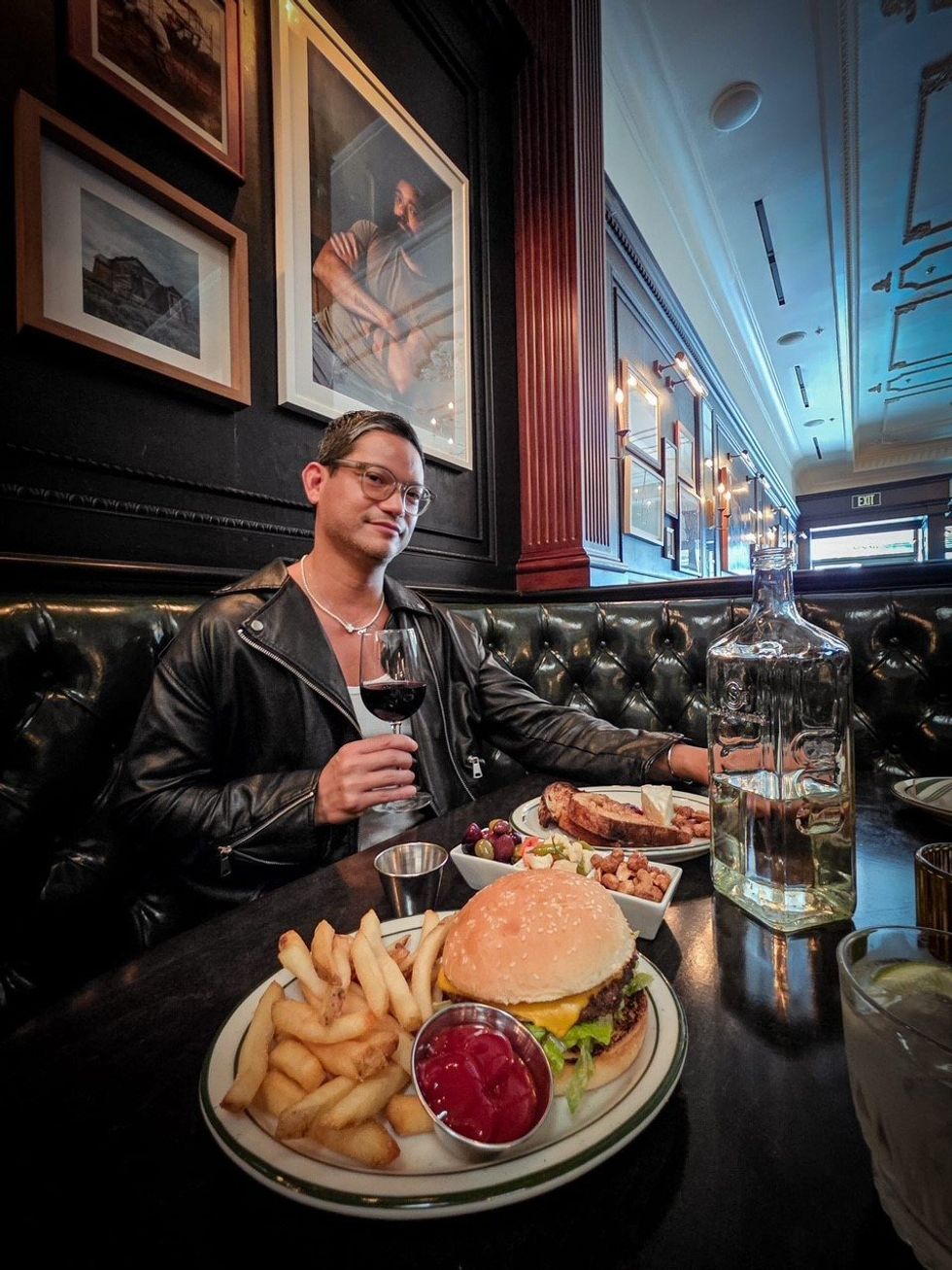
“We used to go to Black Cat all the time,” said Maslog, the former Silver Lake resident. “It’s still flourishing. It’s a hidden gem that continues to exhibit its own forms of protest. Also, Black Cat probably has the best grilled cheese and tomato soup you’ll ever have.”
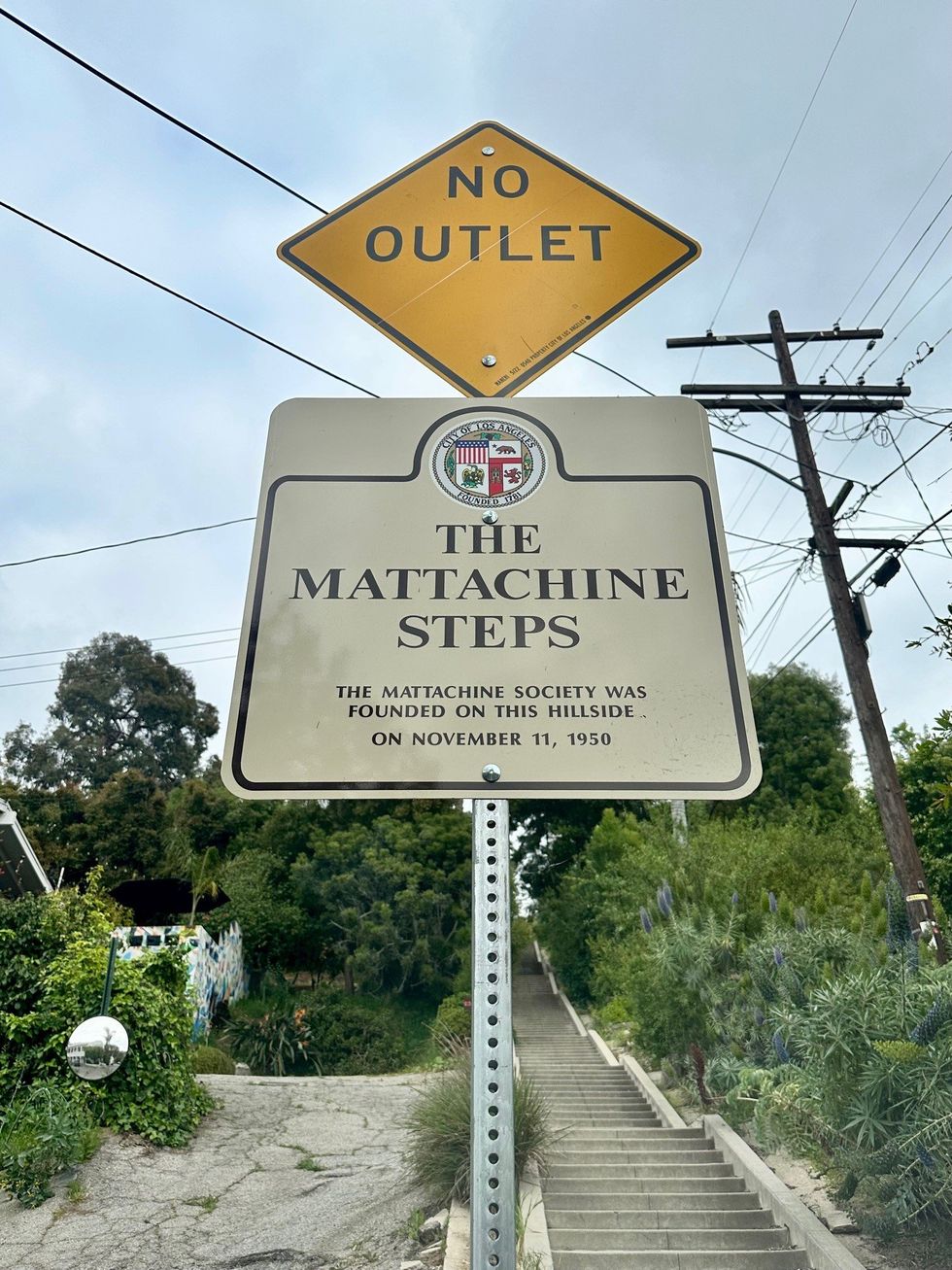
Another site close to Maslog’s heart is the Mattachine Steps. In 1948, activist Harry Hay quietly gathered a group called “Bachelors Anonymous” at his home on Cove Avenue. By 1950, it had evolved into the Mattachine Society, the first official gay rights organization in the U.S. Their early advocacy laid the foundation for the LGBTQ+ rights movement nationwide. Today, the steps are a humble yet powerful tribute to organized queer resistance.
“It’s so important to research and understand what was done in the past,” Maslog said. “Knowing your history will help you navigate your present.”
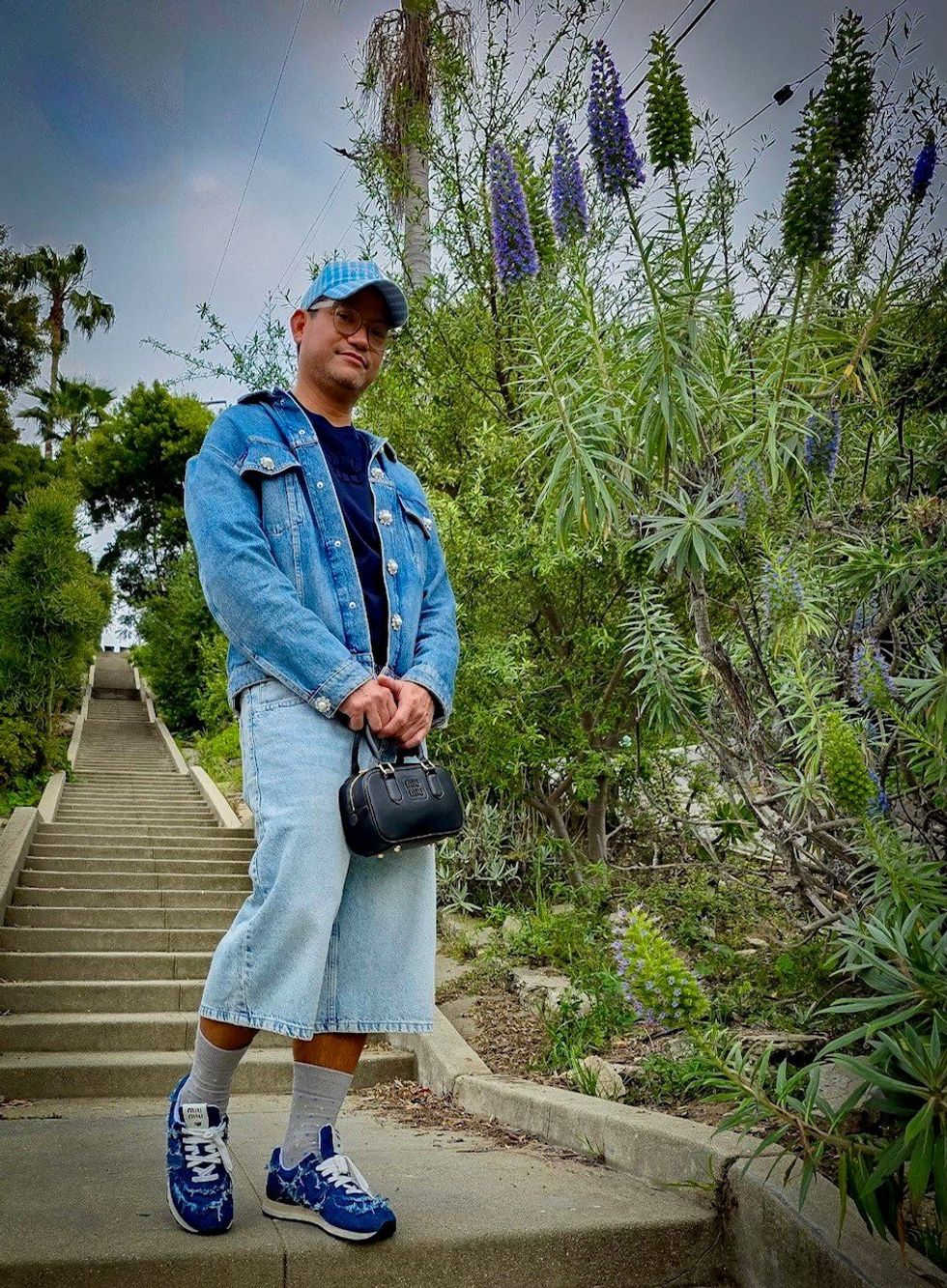
Maslog recommended visiting the West Hollywood Library, home to an award-winning LGBTQ+ collection of fiction, nonfiction, arts, and history. The library hosts a queer book club on the last Tuesday of odd-numbered months to foster community engagement and dialogue around queer literature. The West Hollywood Library not only provides resources but also actively contributes to the preservation and celebration of LGBTQ+ history and culture.
“I also love it for the beautiful views of the Pacific Design Center,” Maslog added. “It's a stone’s throw away from The Abbey, Micky’s, and the whole West Hollywood concentration of bars. If tourists come to L.A., they should definitely make time to visit — it’s humbling! You can’t hold your friend’s hand at Pride today without remembering who made that possible.”
One of Maslog’s most emotional memories is tied to longtime friend Ryan Ong Palao, better known as Ongina — the beloved RuPaul’s Drag Race Season 1 queen and icon who came out as HIV-positive on national TV in 2009.
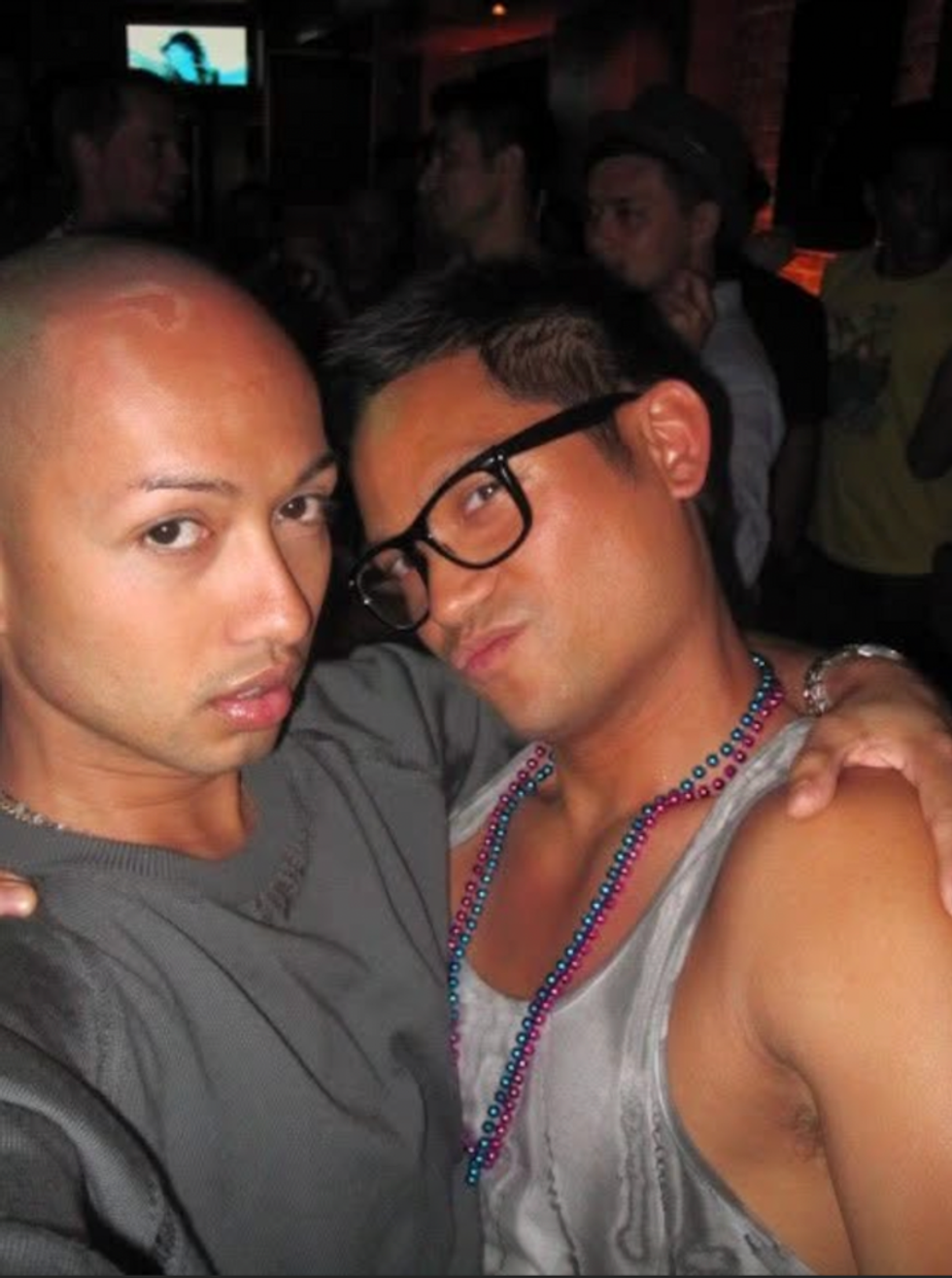
“We were at a viewing party,” Maslog recalled. “I had Ryan’s hand in my left, and as that episode was airing, he grabbed it really tight. I felt his fear, the vulnerability — and the pride. It changed me.”
To deepen their understanding of L.A.'s LGBTQ+ history, LGBTQ+ travelers are encouraged to explore The Wall – Las Memorias AIDS Monument in Lincoln Park. Founded by activist Richard L. Zaldivar in 1993, the project supports low-income LGBTQ+ communities through education and healing. The 9,000-square-foot monument includes murals and engraved granite panels honoring lives lost to AIDS. Each year, on World AIDS Day (Dec. 1), the site hosts Noche de las Memorias (A Night of Memories), where the community gathers to remember and recommit.
Today, Maslog honors queer ancestors in his quiet protest: showing up, dressing up, and holding space to be seen. Fashion is Maslog’s first language; he tells stories with his style, from oversized hats and hyper-tailored silhouettes to acid greens and neo-Baroque textures. His looks are declarations.
“Style is curated. Fashion is a visual language,” his Instagram bio reads.
And for Maslog, that language tells stories — it introduces him to the world, but more importantly, it introduces him to himself.
“Sometimes I don’t even need to speak,” he said. “The look does it all.”
What began as a career move has become a legacy-in-progress. His Instagram doubles as a digital archive of queer joy — and like the ONE National Gay & Lesbian Archives, which Maslog now plans to explore, it holds space for the history still unfolding.
“We don’t always realize how much work our ancestors did,” Maslog once again emphasized. “I want to do more. I think we all can.”
So what does Pride mean for Maslog in 2025?
“Support. Showing up. Choosing joy — but also action,” Maslog said, voice steady. “Because our rights are still at risk. We can’t take anything for granted. We all have a voice. We should use it.”
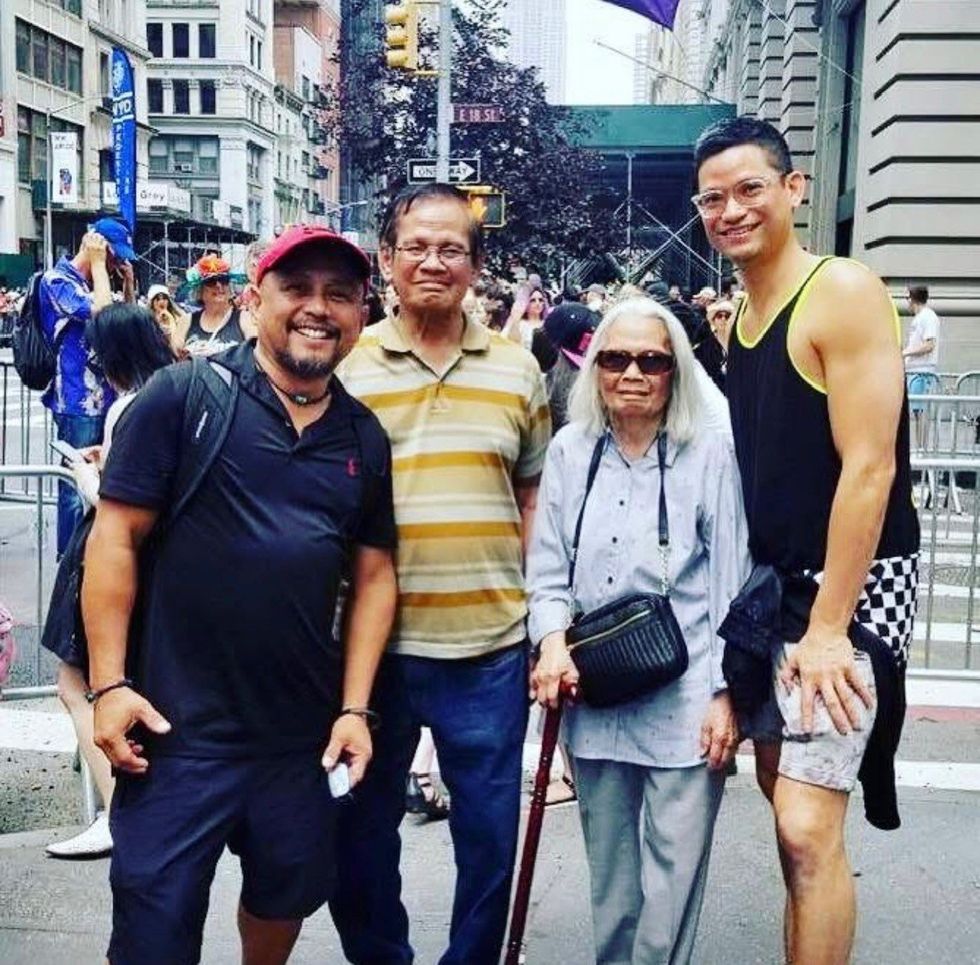
In that spirit, Maslog encourages young queer travelers and Angelenos alike to not just celebrate Pride — but to live it. Visit the landmarks. Volunteer. Dress for the revolution.
Start planning your L.A. Pride 2025 adventure today at DiscoverLosAngeles.com. The celebration begins June 8!
